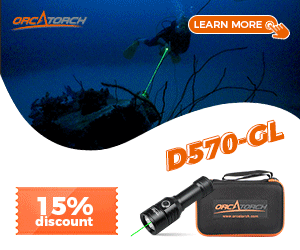halocline
Contributor
I was just quoted $75 per stage plus whatever other fees for a regulator set I dropped off at a LDS. I'm expecting a minimum of $225. I've had the regulator for about a year and a half. Is this cost something I should expect every year? How do I make this more cost effective?
How do I know if they did a good job without finding out at 80 feet? I have an acquaintance who went to a different shop to have her regulators serviced, and the first time she got into the water and to 30 feet, it freeflowed and she had to cancel her dives for that day (no backup available).
You have just pretty well summarized the reasons I started servicing my own regulators about a year or so after learning to dive and buying my first set of gear. It was the best diving-related decision I've ever made. The idea of paying someone $200/year or more to rebuild a regulator that only cost a few hundred dollars seemed ridiculous to me, especially considering: 1) The regulator worked fine before service, 2) It worked worse after service, 3) The tech/instructor/salesman seemed to have not much better understanding of how regulators worked than I did, even as a new diver, 4) I only had about 50 dives on the regulator that year, and 5) It turns out that the training for becoming a dive shop tech is a one day seminar that nobody has ever failed. This undermines the justification for the bizarre policy of refusing to sell parts to regulator owners; the idea that since regulators are "life support" only trained and certified technicians are qualified to work on them.
This kind of scenario reeks of BS. You seem to have sniffed it....
To answer your question about how to make it more cost effective, there are a couple of possibilities.
1. Don't service your reg every year, just take care of it. (meaning soaking after all salt water dives, then blow a bit of tank air through it) Learn to check it for signs of trouble, like small leaks or creeping intermediate pressure. It's very easy to do these things. With moderate use (say 50 dives or less/year) you should be able to go several years before needing a service.
2. Learn to service your own regulator if you have an inherent interest in doing so and some mechanical aptitude. This does require an initial investment in some tools, and it's much easier to find tools/parts/service manuals for some regulators than for others. I don't know where hollis fits in that range.
3. Find a more reasonably-priced service facility. I don't think there is any connection between quality of service and pricing for service. Quality of service is a total crapshoot due to the extremely low certification requirements I mentioned earlier. There are excellent, careful, knowledgeable techs, and there are some real knuckle-draggers.



